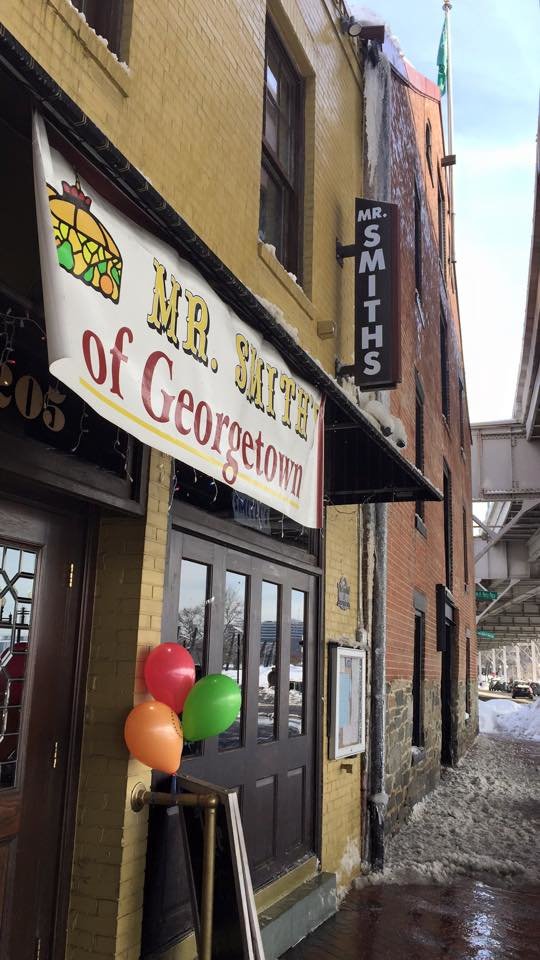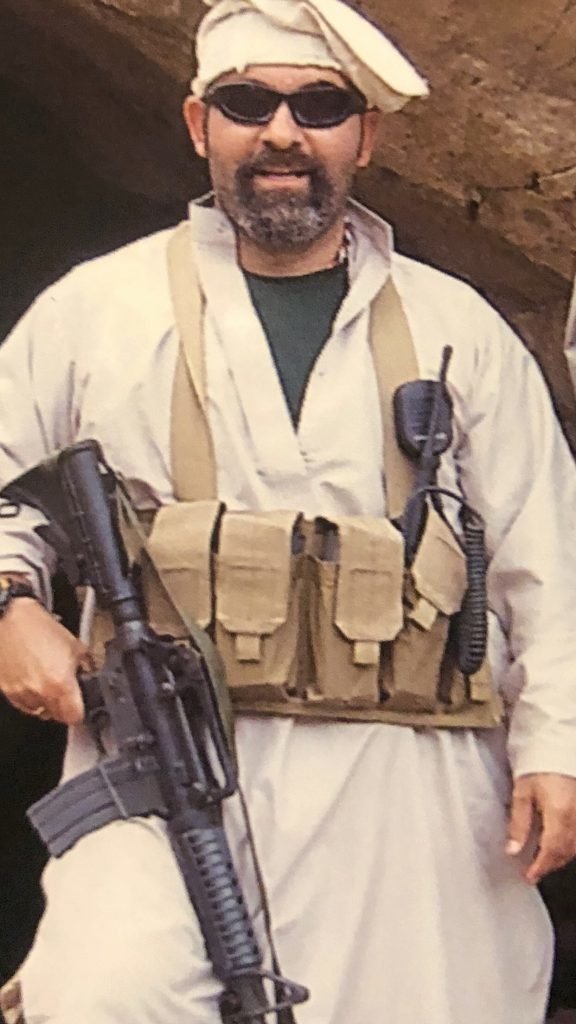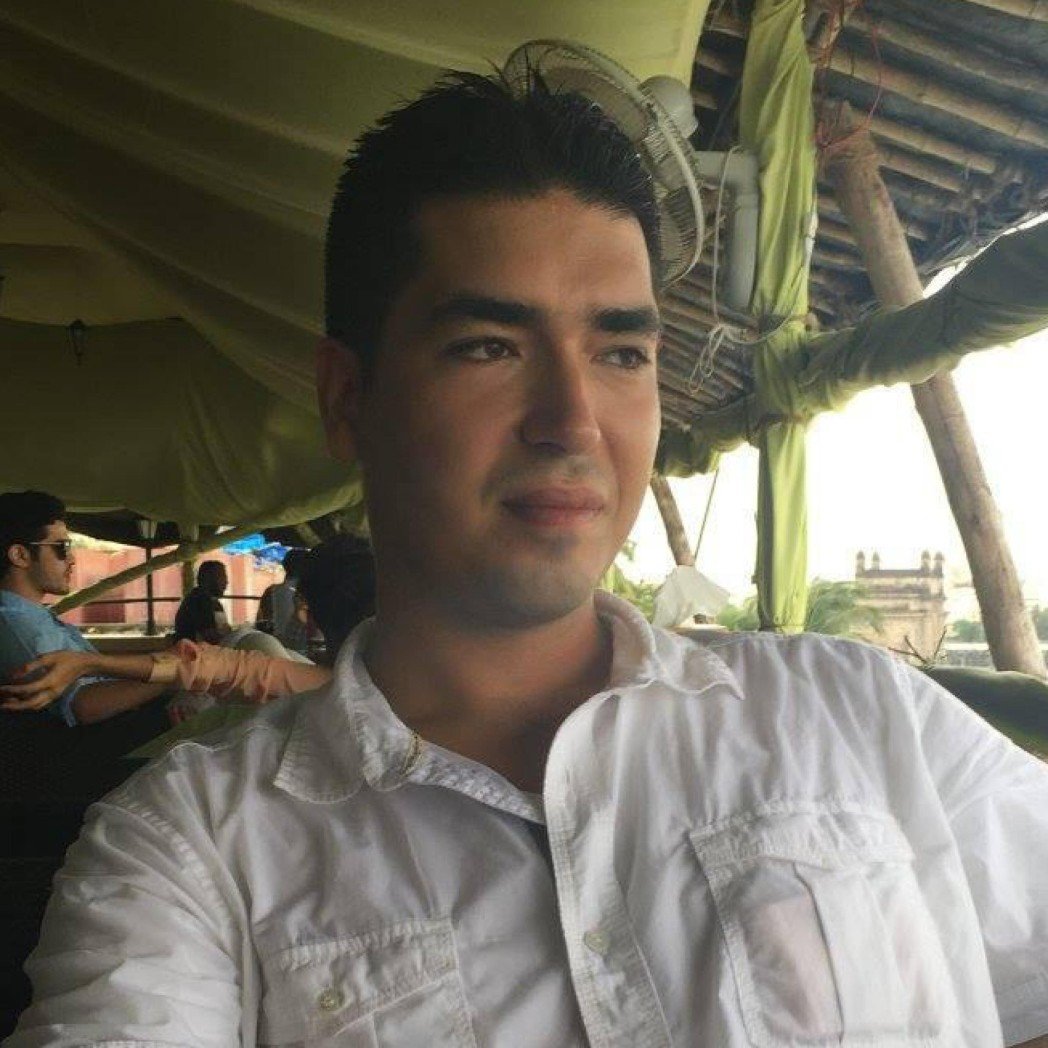
Adobe Stock image.
At first glance, Mr. Smith’s in the trendy Georgetown area of Washington, DC, may seem like a regular bar.
On any given day — at least before COVID-19 — you’d find a cross-section of Washington’s society there for the burgers and the beer. Drunk tourists, young Capitol Hill staffers, K Street lobbyists with money to burn, and cynical old Washingtonians sharing inside-the-Beltway gossip all gather there.
Like dozens of other sites in the city, however, the bar has a dark past. It was at this bar in 1985, then known as Chadwicks, that CIA officer Aldrich Ames betrayed his country by meeting with Victor Cherkashin, a KGB counterintelligence officer stationed at the Soviet embassy in Washington.
Over weeks and months of meetings at the bar — which proclaimed itself “casual dining at its best” — Ames revealed the identities of more than 100 CIA assets operating in the Soviet Union, many of whom promptly “vanished” or were executed. His reward? A total of $4.6 million. He was finally arrested in 1994 after the CIA began looking into his lavish lifestyle, which included a $540,000 house in nearby Arlington paid for in cash, a $50,000 Jaguar, and tailor-made suits that even his bosses couldn’t afford on a government salary.

Chadwicks is just one of dozens of sites across the Washington area that speak to its past, present, and future as a hub of foreign espionage activity and American efforts to stop it.
“DC is a hotspot of espionage activity, between all of the embassies that are located there that have their diplomatic attachés that sometimes work for their home country’s government or intelligence operations,” explained Francis Gary Powers Jr., the founder and operator of Spy Tour of Washington, DC. “There’s always some kind of intrigue going on in DC.”
For Powers, tales of Cold War espionage are a personal affair. His father, Francis Gary Powers Sr., was the pilot of a CIA U-2 spy plane that was famously shot down while flying a mission over the Soviet Union on May 1, 1960. Although the elder Powers successfully managed to bail out of the aircraft, he was quickly captured and remained in Soviet captivity until he was exchanged for a Soviet intelligence officer at the Glienicke Bridge in Berlin in February 1962.
These days, the younger Powers takes private groups on trips across the many drop points, safe houses, and other clandestine sites that make up Washington’s spy history dating back all the way to Rose Greenhow, a Washington socialite who spied for the Confederacy during the Civil War.

“We go by Aldrich Ames’ homes, [convicted spy] Alger Hiss’ home, and have briefings on FBI agent Robert Hanssen drop points,” he said. “Or we go by the Russian Embassy and talk about the underground tunnel that was dug out there. There’s a variety of places to see.”
Many of the publicly known spy locations in Washington revolve around “traditional” espionage tradecraft that was perfected over many decades. The innocent-looking Foxstone Park in Vienna, Virginia, for example, was where disgraced FBI agent Robert Hanssen left classified materials for his KGB handler — who, incidentally, was the same Victor Cherkashin who handled Aldrich Ames.
Long before mobile phones, the internet, communications technology, and the cloud changed the way government — and intelligence services — operated, many of these sites were in use. Spy agencies in both the US and around the world are now increasingly reliant on technology to communicate, intercept communications, conduct surveillance, and perform other day-to-day functions of intelligence.
Technology, however, is no replacement for tried-and-true methods.
“There is something to be said for ‘sticks and bricks.’ Going back to the old school is always there, even if it’s as a fail-safe,” explained Marc Polymeropoulos, who served 26 years in the CIA before retiring from the agency’s Senior Intelligence Service in June 2019.

According to Polymeropoulos, who oversaw and took part in clandestine operations across Europe, the Middle East, and South Asia, there is simply no replacement for meeting an asset face-to-face.
“That lets you really sit down and assess them and talk to them,” he said. “You need to be able to look someone in the eye and assess them, regardless of this new environment in which we live. […] We’ll always find a way.”
Meeting people in person, Polymeropoulos said, allows intelligence officers to judge a person’s motivation and trustworthiness in a way that a Zoom call, for example, never will.
“People do lie to you, all the time. There’s no doubt about that. But it’s also the sense of getting a feel of someone and their motivations,” he said. “It’s even things that just sound silly, like going over the details of stories with someone over and over. If they’re telling the truth, they might not slip up as much.”
“It’s like taking a graduate class in psychology. Ultimately, what you’re doing is assessing someone and their mental ability and motivations to betray their country,” Polymeropoulos added. “Doing so remotely is difficult. It’s certainly possible, but I don’t think you’re ever going to get as much.”

Whether new tech-savvy techniques or old espionage methods are in play, there’s no doubt that Washington remains a hub of foreign intelligence activity.
“There are different intelligence operations going on all the time in DC and Northern Virginia,” Powers said. “There’s definitely espionage taking place every day.”
Polymeropoulos, for his part, is even more blunt in his assessment. In his view, current political tensions mean that foreign adversaries are perhaps even more active in the nation’s capital now than they were during even the tensest years of the Cold War.
“Washington is still a spy capital; it always has been. One of the troubling things that’s happening in the United States is that any country — as we would — is going to try to take advantage of political turmoil and chaos,” he said. “If I was looking at the United States, I’d be looking at people within the government that have secrets, who are dissatisfied. You have a lot of that now.”
Foreign intelligence services, he added, are likely assessing targets in both political parties and across government agencies in Washington.
“This has to do with people in government, staffers on the Hill. If you think about it, it’s such a target-rich environment for hostile intelligence organizations to target the United States right now, and ground zero is Washington,” he said.
“There’s a lot for our adversaries to work with right now, and that’s a huge concern and a huge counterintelligence worry.”

Bernd Debusmann Jr. is a Middle East-based journalist and writer. Prior to moving to the Arabian Gulf, he spent several years at Reuters News in TV and print in Mexico City, New York City, and Washington, D.C., reporting on everything from border issues and drug trafficking to art fraud and mob trials. His work has also appeared in The Daily Telegraph, Fox News, War is Boring, and elsewhere.
BRCC and Bad Moon Print Press team up for an exclusive, limited-edition T-shirt design!
BRCC partners with Team Room Design for an exclusive T-shirt release!
Thirty Seconds Out has partnered with BRCC for an exclusive shirt design invoking the God of Winter.
Lucas O'Hara of Grizzly Forge has teamed up with BRCC for a badass, exclusive Shirt Club T-shirt design featuring his most popular knife and tiomahawk.
Coffee or Die sits down with one of the graphic designers behind Black Rifle Coffee's signature look and vibe.
Biden will award the Medal of Honor to a Vietnam War Army helicopter pilot who risked his life to save a reconnaissance team from almost certain death.
Ever wonder how much Jack Mandaville would f*ck sh*t up if he went back in time? The American Revolution didn't even see him coming.
A nearly 200-year-old West Point time capsule that at first appeared to yield little more than dust contains hidden treasure, the US Military Academy said.












